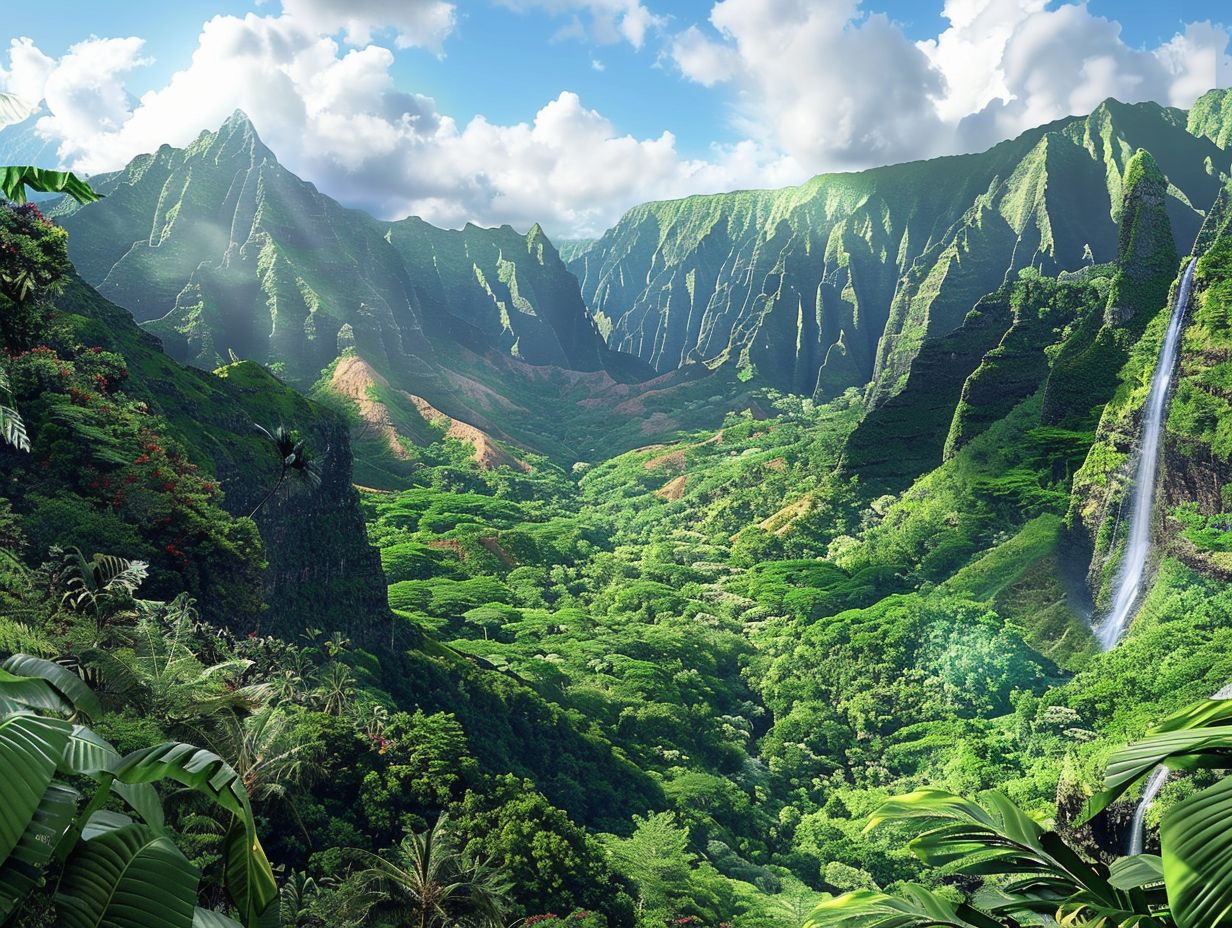Olympic National Park is a true natural wonder, boasting a remarkable range of elevations that span from sea level to the towering heights of Mount Olympus. This diverse landscape gives rise to a rich tapestry of ecosystems, each with its unique flora and fauna. Whether you’re a seasoned hiker, a wildlife enthusiast, or simply someone who appreciates the beauty of nature, the elevations of Olympic National Park offer a captivating and unforgettable experience.
The Exact Elevation of Olympic National Park
The elevation of Olympic National Park ranges from -215 feet (-65 meters) at the lowest point to 7,980 feet (2,430 meters) at the summit of Mount Olympus, the highest point in the park. The average elevation of the park itself is 4,147 feet (1,264 meters), showcasing the dramatic changes in topography that visitors can explore.
Exploring the Elevation Zones

The diverse elevations of Olympic National Park give rise to a variety of distinct ecosystems, each with its own unique characteristics. Let’s take a closer look at the different elevation zones and the wonders they hold.
The Coastal Zone (Sea Level to 480 feet / 150 meters)
The coastal zone of Olympic National Park is a true gem, featuring over 70 miles of wild and rugged coastline. This area is characterized by rocky cliffs, sandy beaches, and a rich marine ecosystem teeming with life. Visitors can explore tide pools, spot whales and seabirds, and immerse themselves in the sights and sounds of the Pacific Ocean.
The Temperate Rainforest Zone (480 feet / 150 meters to 1,800 feet / 550 meters)
As you venture inland, the landscape transitions into the lush temperate rainforests that Olympic National Park is renowned for. This zone is dominated by towering western hemlock, Sitka spruce, and Douglas fir trees, creating a verdant and serene environment. Hikers can explore the Hoh River Trail, which takes them through this enchanting forest to the base of Mount Olympus.
The Subalpine Zone (1,800 feet / 550 meters to 3,700 feet / 1,100 meters)
Above the temperate rainforests, the subalpine zone emerges, characterized by a transition to more hardy, high-elevation vegetation. This zone features a mix of coniferous trees, such as mountain hemlock and subalpine fir, as well as a variety of wildflowers and alpine meadows.
The Alpine Zone (Above 3,700 feet / 1,100 meters)
The highest elevations of Olympic National Park are found in the alpine zone, where no trees can grow. This rugged and breathtaking landscape is dominated by glaciers, rocky peaks, and a unique assemblage of low-growing, hardy plants that have adapted to the harsh conditions. Visitors can catch a glimpse of the park’s iconic mountain goats and other high-elevation wildlife.
The Impact of Elevation on Ecosystems
The dramatic changes in elevation within Olympic National Park have a profound impact on the ecosystems and the species that call this place home. As you ascend through the different zones, you’ll encounter a remarkable diversity of plant and animal life, each adapted to the unique environmental conditions.
In the coastal zone, you’ll find a rich marine ecosystem, with tide pools teeming with crabs, sea stars, and other invertebrates. As you move inland, the temperate rainforests are home to a variety of mammals, such as Roosevelt elk, black bears, and the elusive cougar. In the subalpine and alpine zones, you’ll encounter hardy, high-elevation species like the mountain goat, the American pika, and a variety of endemic plant species.
Exploring the Elevations of Olympic National Park
Visitors to Olympic National Park have a wealth of opportunities to explore the diverse elevations and ecosystems. From hiking the Hoh River Trail to scaling the peaks of the Olympic Mountains, there are countless ways to immerse yourself in the park’s natural wonders.
Whether you’re a seasoned hiker or a casual nature enthusiast, the elevations of Olympic National Park offer something for everyone. So pack your hiking boots, grab your camera, and get ready to embark on an unforgettable journey through this remarkable natural treasure.

